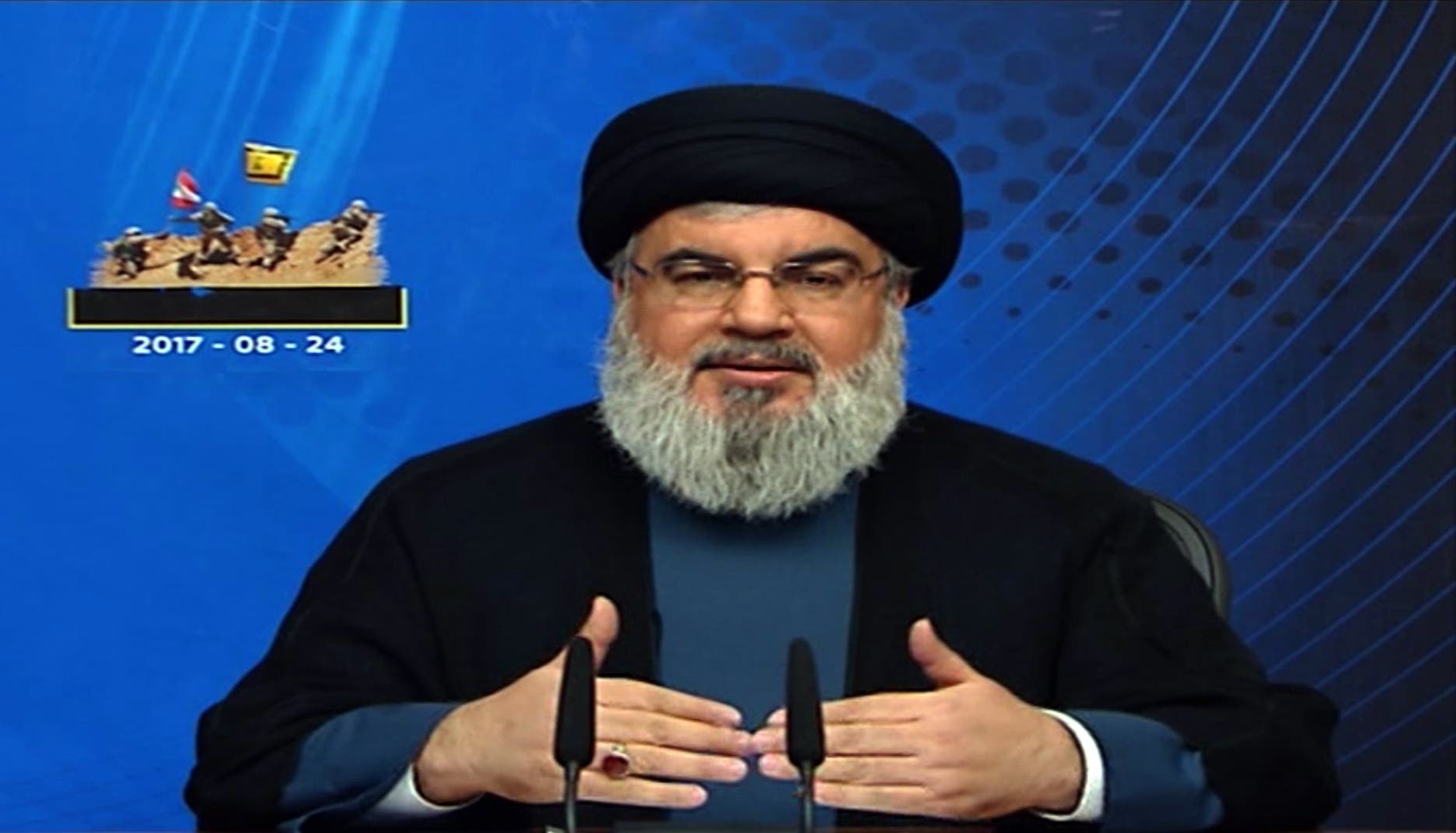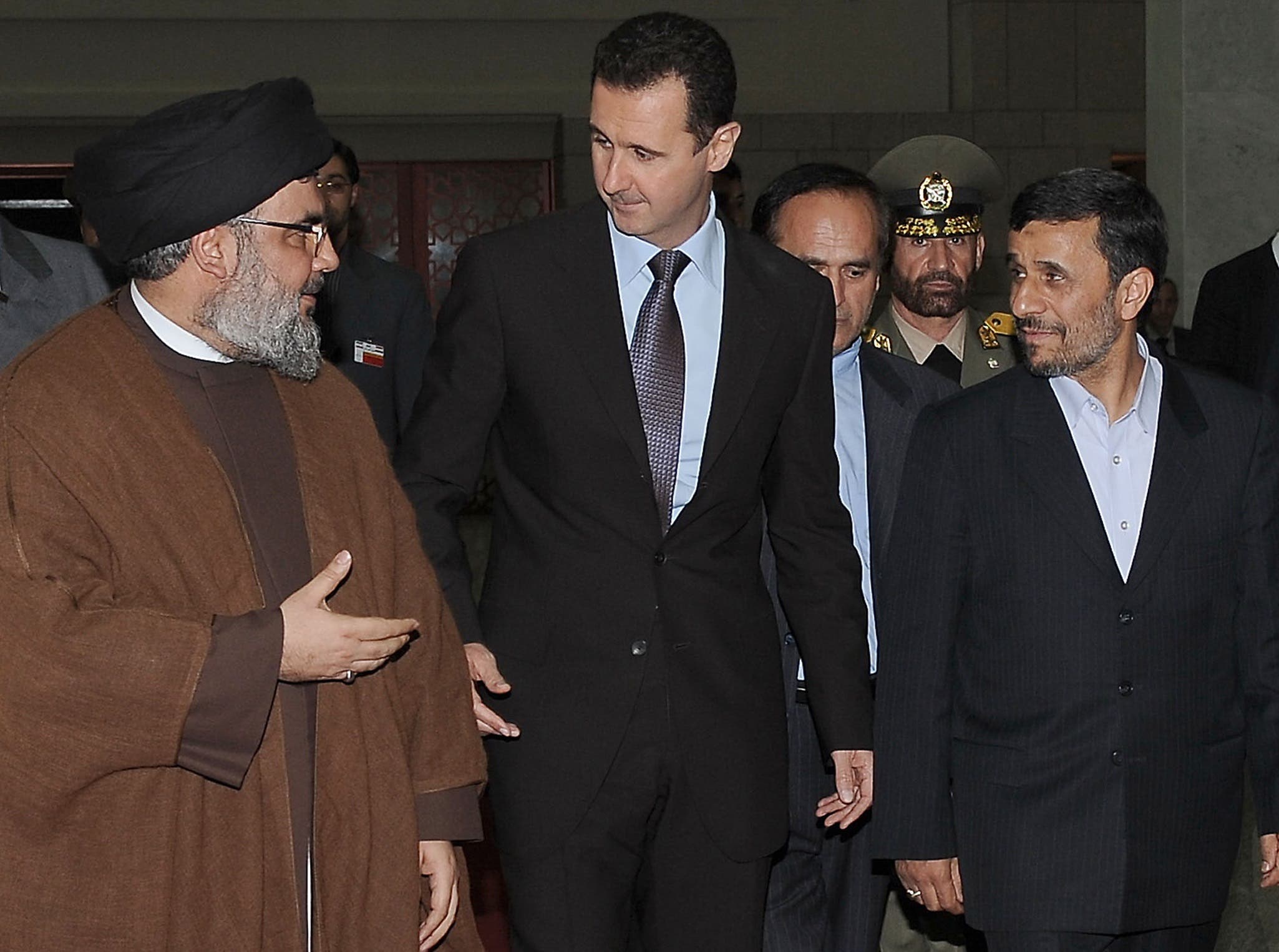Iraq announced the official defeat of the ISIS terror group on its soil recently. Efforts in Syria pinpointing on the cities of Raqqa and Deir ez-Zoor, the last two ISIS strongholds, are also on the rise with estimates forecasting the group’s complete annihilation in October.
Unfortunately, since the rise of ISIS in 2014, thanks to the marginalization and crackdown of mass Sunni populations by former Iraqi Prime Minister Nouri al-Maliki and Syrian dictator Bashar Assad, Iran has benefited from the existence of ISIS to divert international attention and crosshairs away from its mischiefs.
After three long years of devastation and destruction brought about by ISIS, it is high time for the international community to exert its energy and pressures on Iran to bring an end to its proclivity of regional meddling and bellicosity.
Most recently revelations have made clear of Iran’s efforts to produce advanced, precision weapons in Lebanon and Syria. These activities are dangerously close to Israel, an enemy Tehran’s regime has sworn to wipe off the map.
Iran has been very active in Syria and focusing efforts to transform the country into a military entrenchment base. Anyone having knowledge about the Iranian regime’s nature and recent history understands how Tehran’s ruling clerics seek to establish war fronts across the Middle East to spread their malign influence.

The main proxy
These sites in Lebanon and Syria are intended to produce missiles with state-of-the-art capabilities. Tehran has specifically pressed the gas pedal on these measures during the past year in Lebanon. The Lebanese Hezbollah, Iran’s main proxy and offspring from 1982 to this day, will most likely be the principal benefactor of these new missiles, enabling it to threaten specific targets.
This goes parallel to Tehran’s repeated efforts, especially during the ongoing six-year war in Syrian, to smuggle strategic, game-changing weapons into Lebanon. These attempts have been greeted with numerous Israeli airstrikes against various targets in Syria in recent years, such as advanced weapons caches or convoys that reports indicate were headed for none other than Hezbollah.
Already entangled in the Assad/Iran war against the Syrian people, Hezbollah has yet to show any retaliation against Israel in response to these airstrikes. While these assertions may not be new, the changing times in the Middle East are further providing grounds for dire action as “tomorrow” may prove to be too late.
To add to the regional concerns stirred by Iran, the al-Shabaab terror network, a known affiliate of the al-Qaeda network, has raised the stakes by taking control of uranium mines in Africa. Reports indicate its intention is providing Iran with such crucial sensitive supplies. This can be described as yet another failure of Obama’s highly flawed, back-channeled deal with Tehran that left the regime’s pivotal threats unaddressed.

The bigger picture
Iran has been taking advantage of the overall Middle East situation to extend its sphere of reach and influence through Hezbollah and a slate of other proxies. Tehran has also focused on propping the Assad regime in Syria, holding on its foothold in Yemen through supporting the Houthis against Saudi Arabia, and maintaining its strategic presence in Iraq after the fall of ISIS. The latter is specifically important considering the upcoming 2018 parliamentary elections.
And even more disturbing about Syria are recent blueprints of de-escalation zones across the country. The southern de-escalation zone in particular would provide Iran and its company of proxies the highly sought opportunity to consolidate their stretch across these sensitive areas. These measures are also aimed at limiting Saudi influence in Syria, considered a red line for Tehran.
Iran took advantage of strategic policy mistakes in Iraq. This should not be repeated in Syria. Assad in Damascus has since 2011 relied on Iran and the Lebanese Hezbollah for its very survival. The Syrian regime has maintained its strategic positioning thanks to Iran’s crucial role in delivering economic and military assistance through the years.
Iran is now seeking to place itself as the ultimate winner of the Syria war, and a glimpse at post-2003 war Iraq and the status of Lebanon provides a prelude of the devastation to come. As such, all the more important to launch global initiatives to counter Iran’s hostile aims.

Understanding the reality
Assad may now threaten to look East after the war rather than West in retaliation to those who stood against him. Yet he should be reminded of how he must face accountability for his horrific crimes against humanity, mostly at the behest of the ruling regime in Iran.
In a recent Paris visit, Lebanese Prime Minister Saad Hariri said Assad leaving Syria is a high probability. French Foreign Minister Jean-Yves Le Drian has called on world powers to impose a transition plan in Syria. The French top diplomat also made it crystal clear there is no place for Assad in Syria’s future.
All this goes parallel to the necessity of displaying an allied, international determination that Iran’s threats against the security of the region and beyond will not go tolerated.
As a recent New York Times piece explains, “The Trump administration has so far seemed willing to cede Syria to Russia, save for the defeat of the Islamic State. But Washington should understand what this really means: ceding it to Iran.”
Leave a Reply